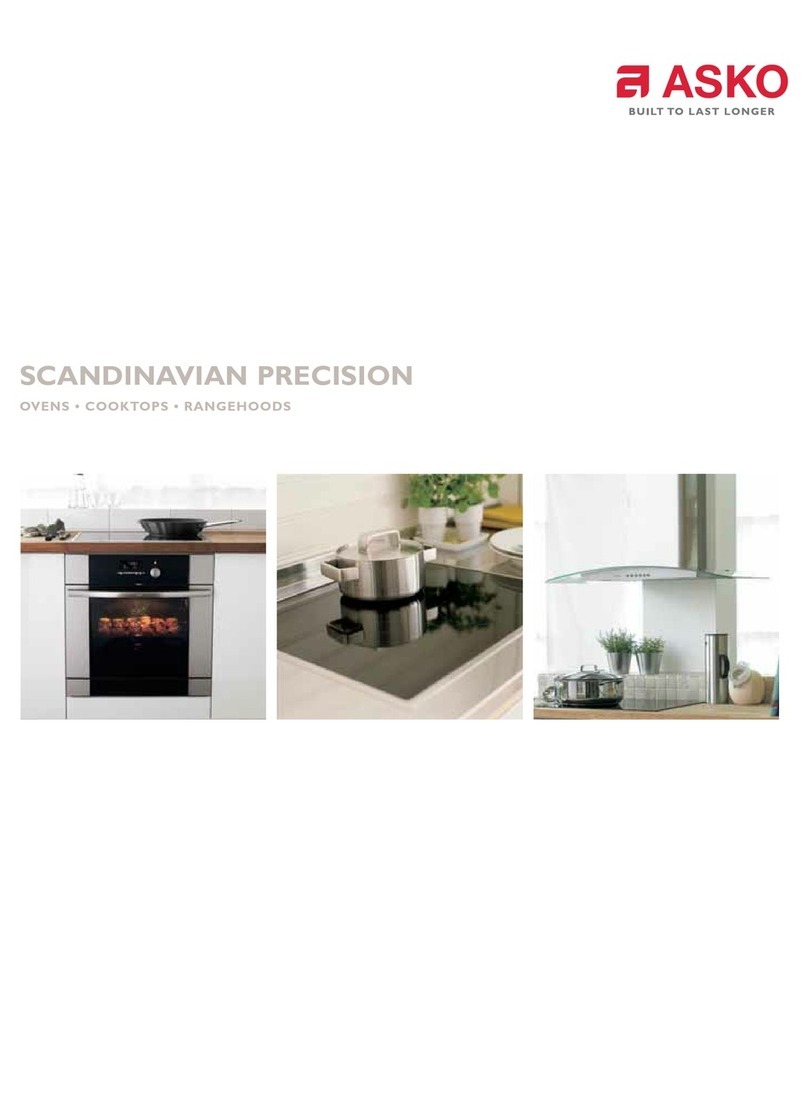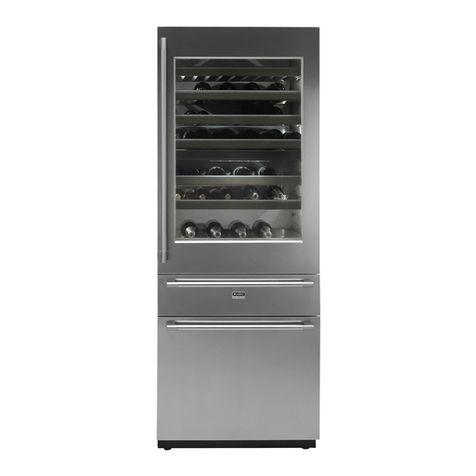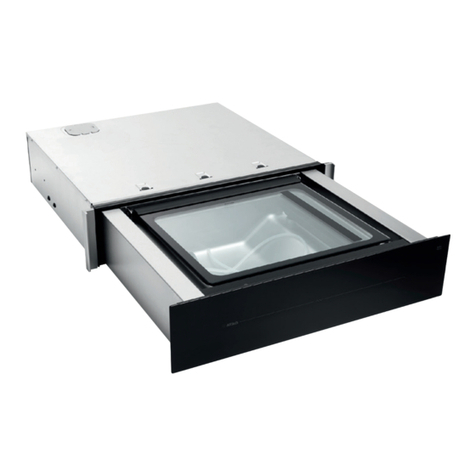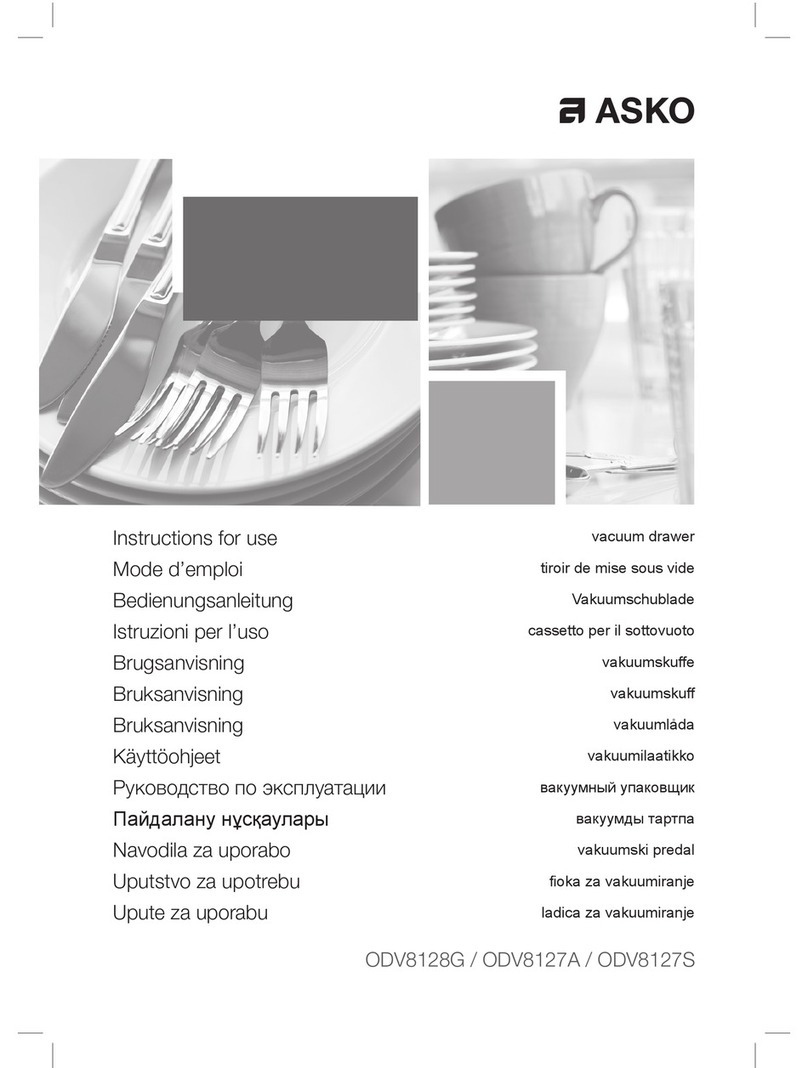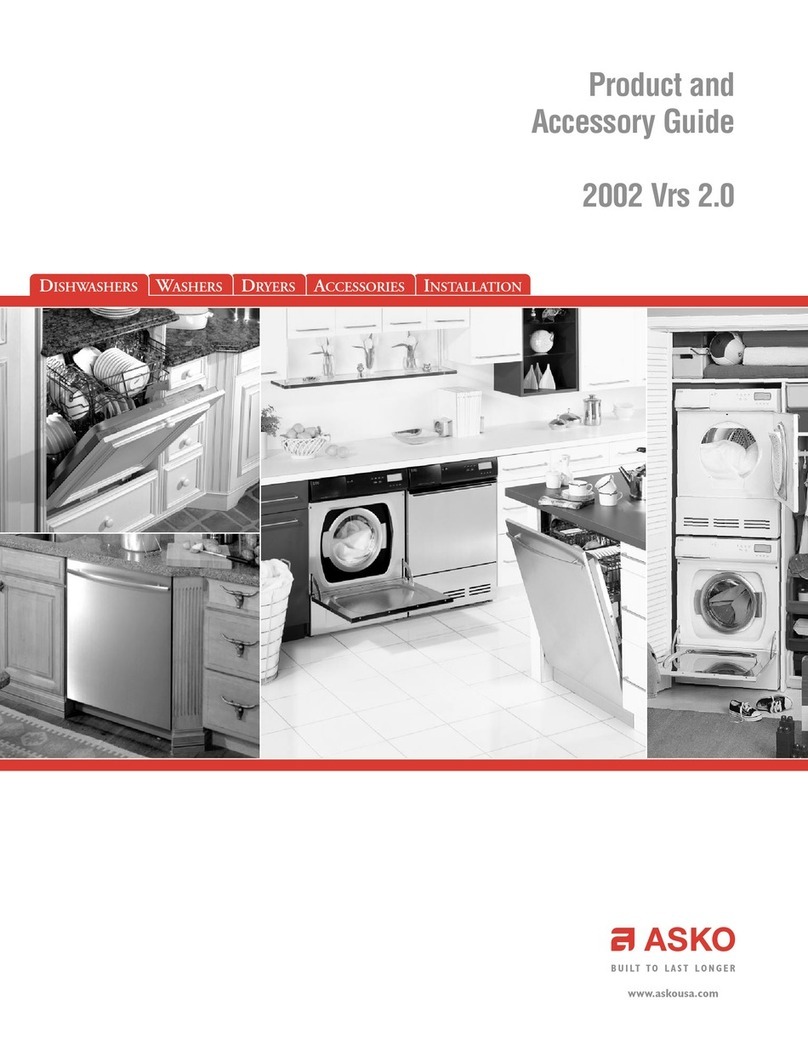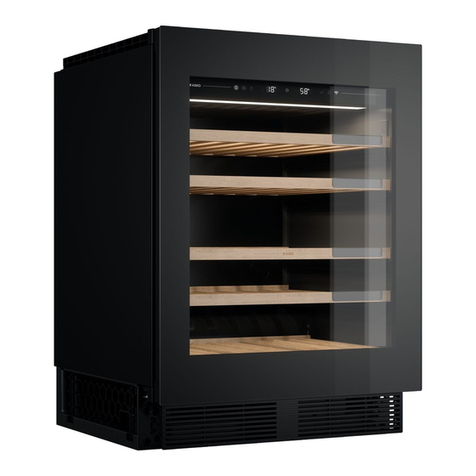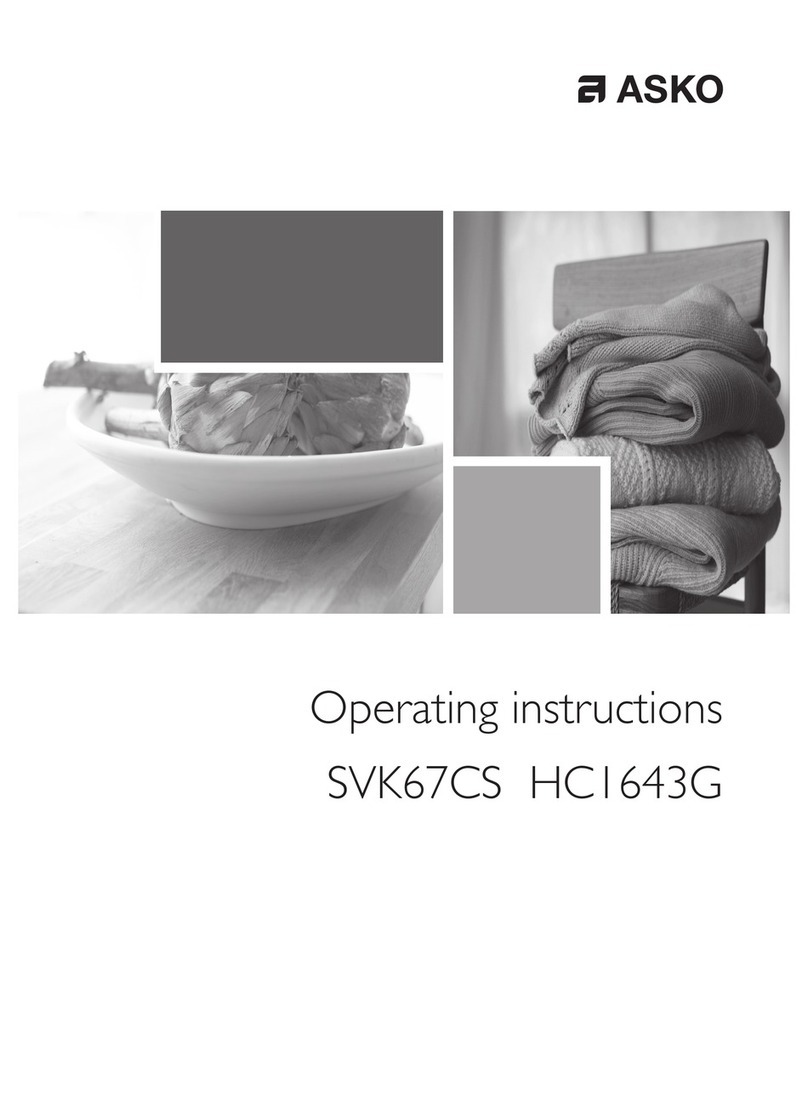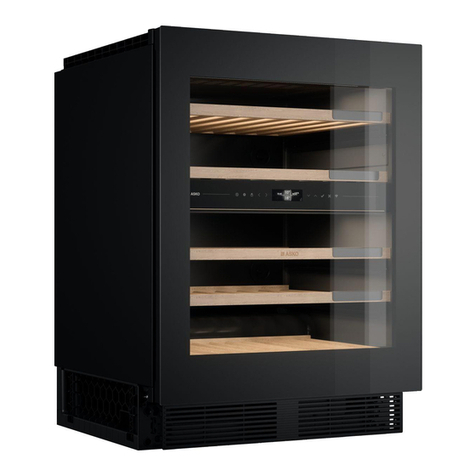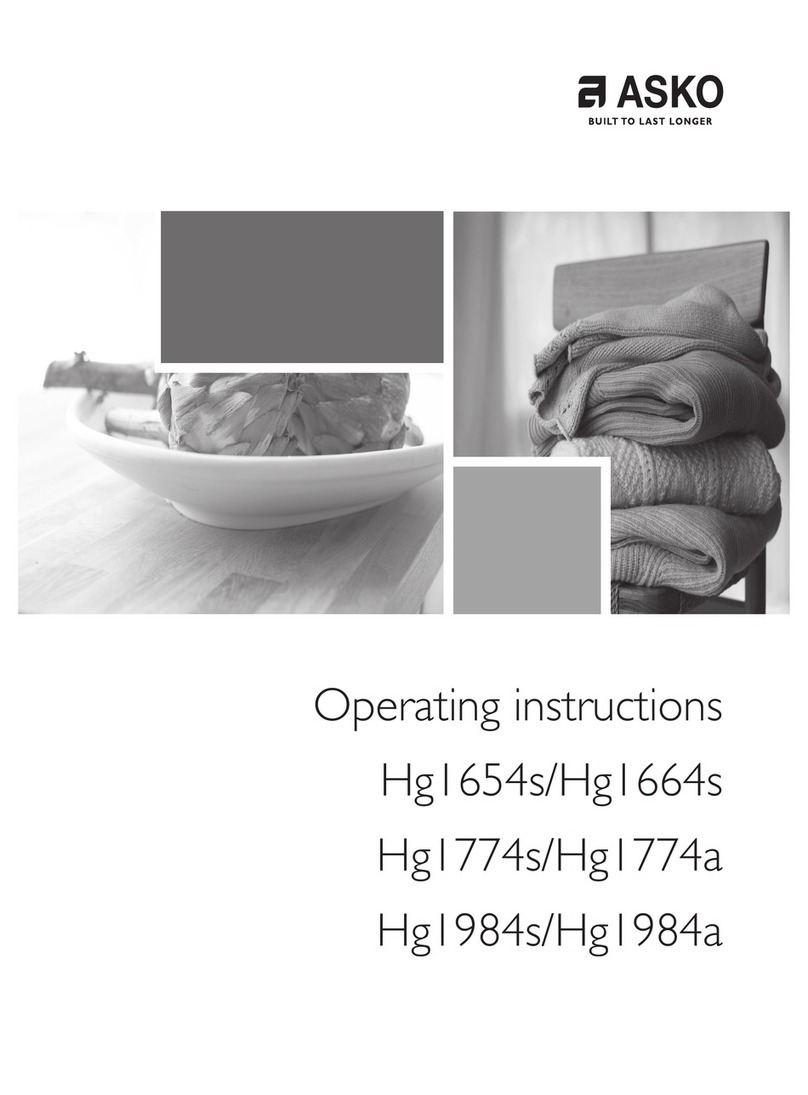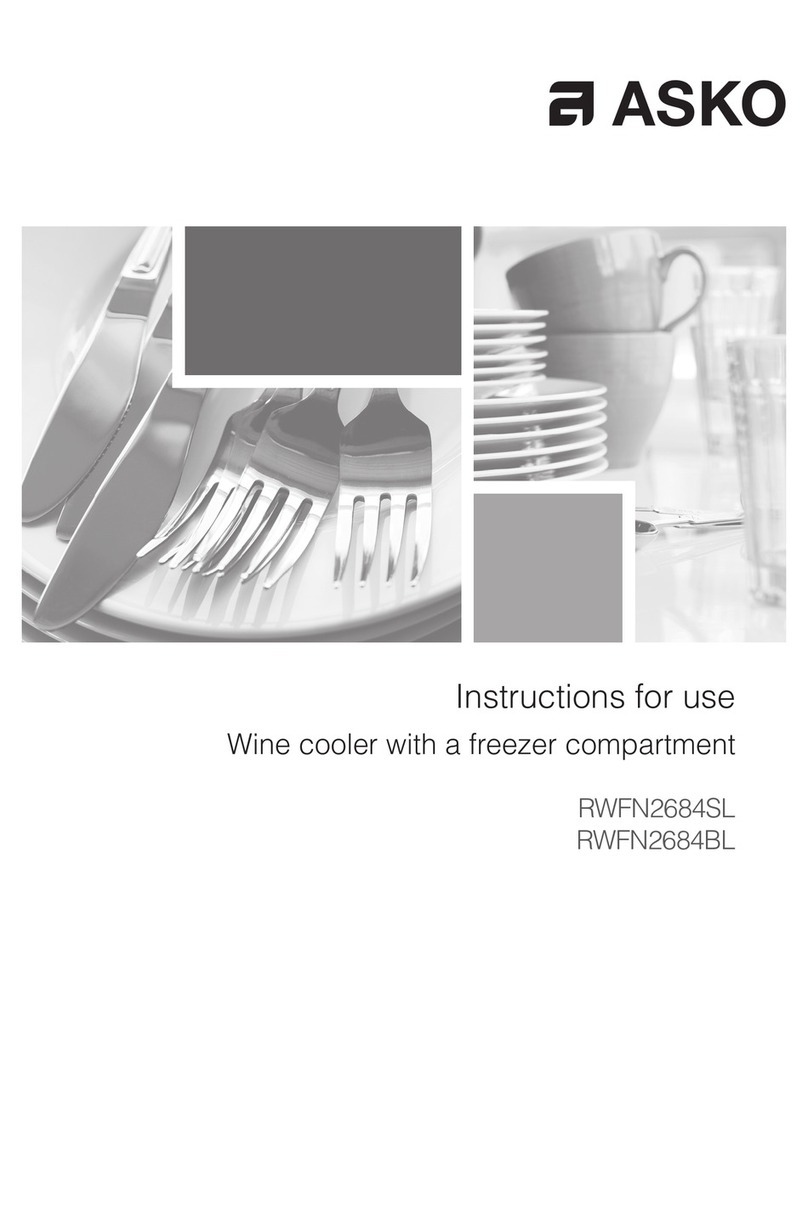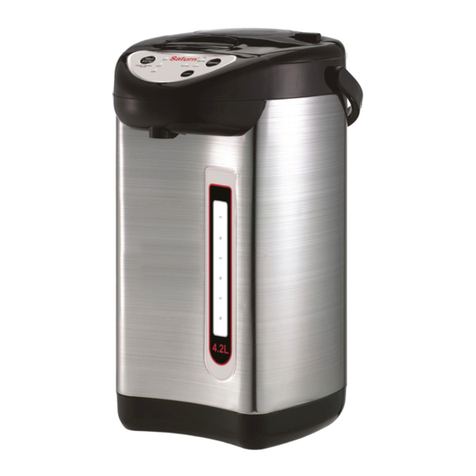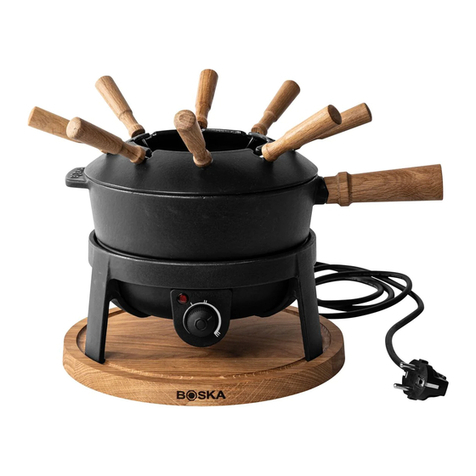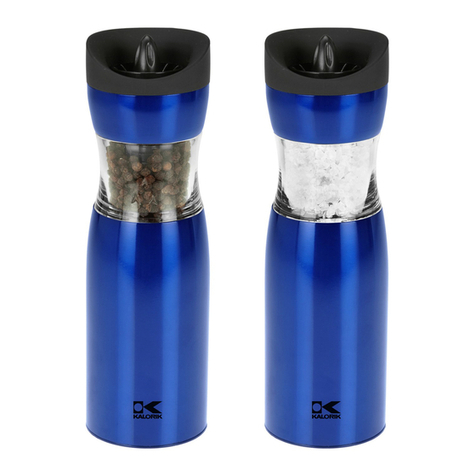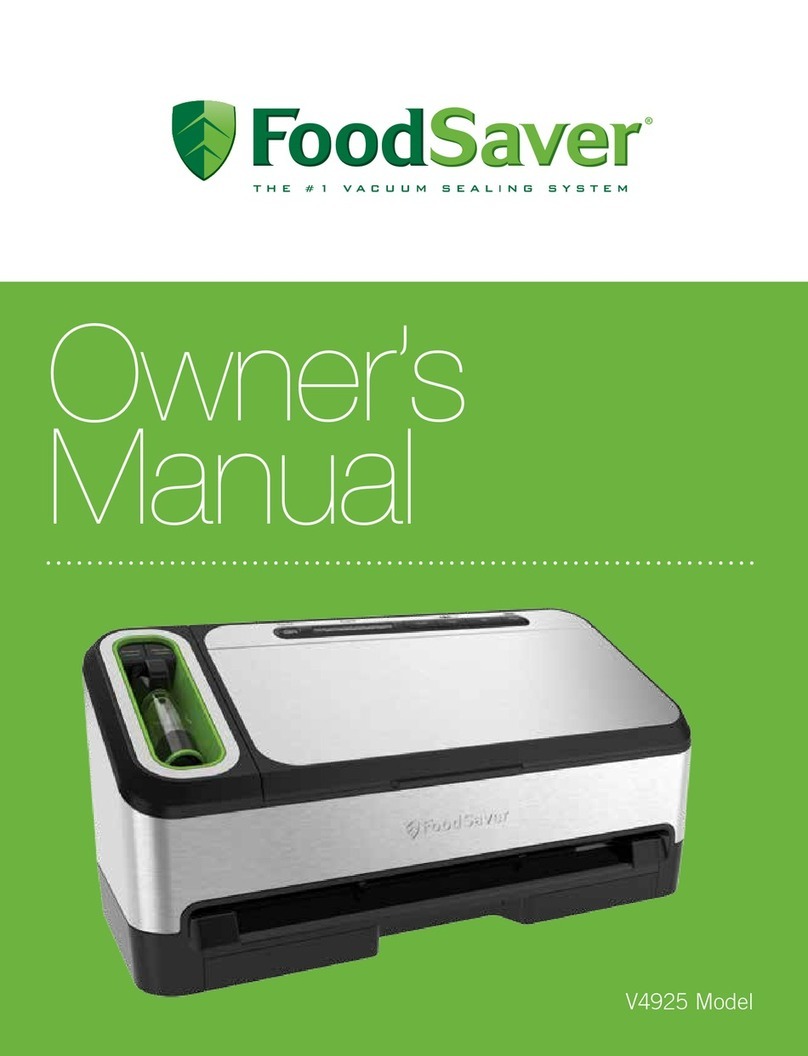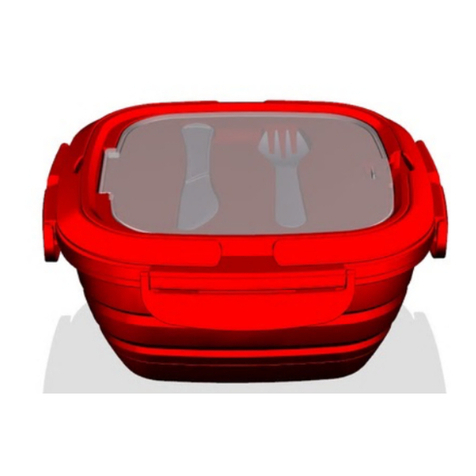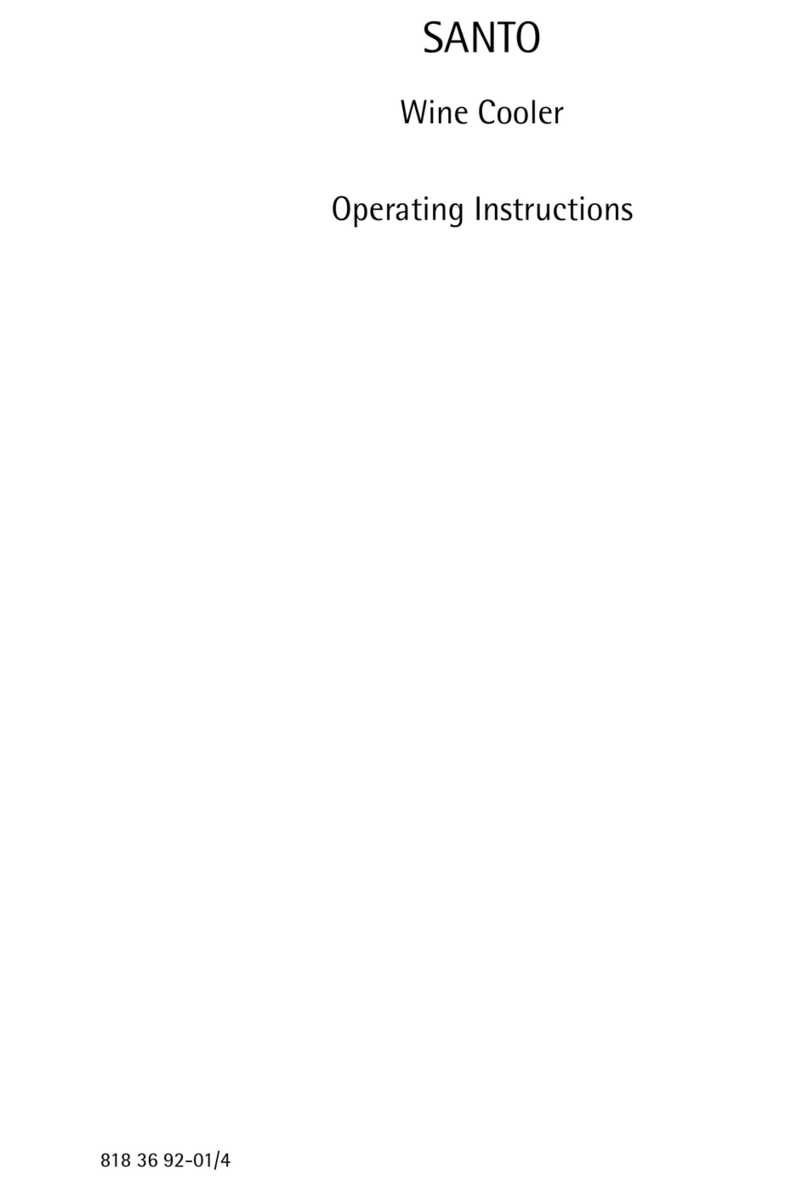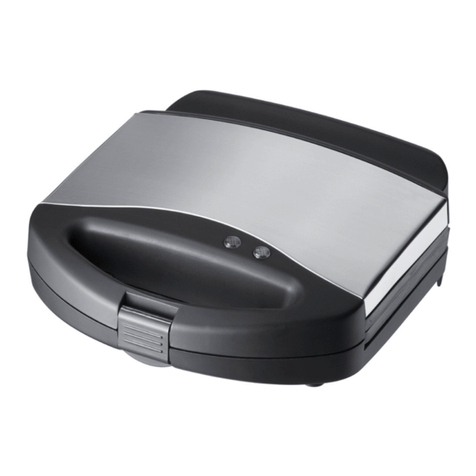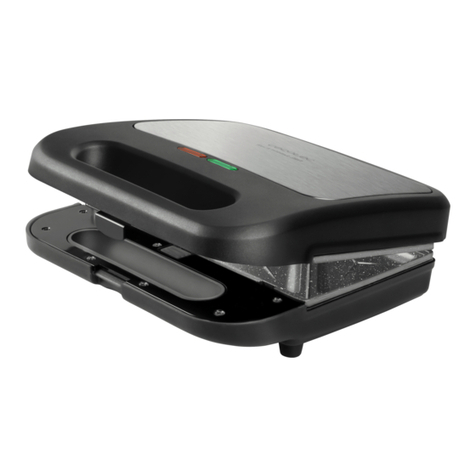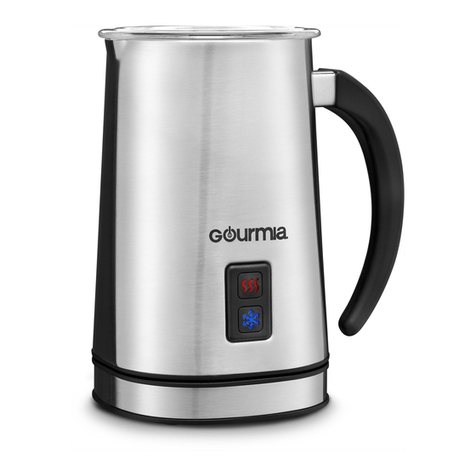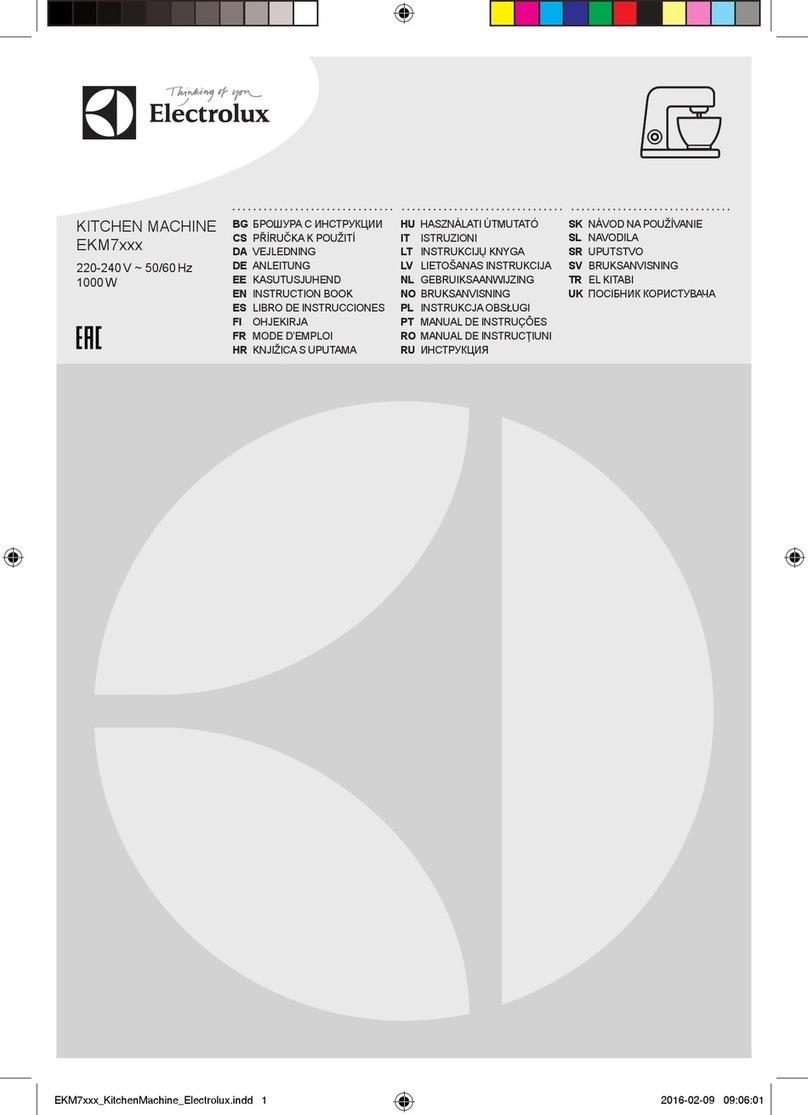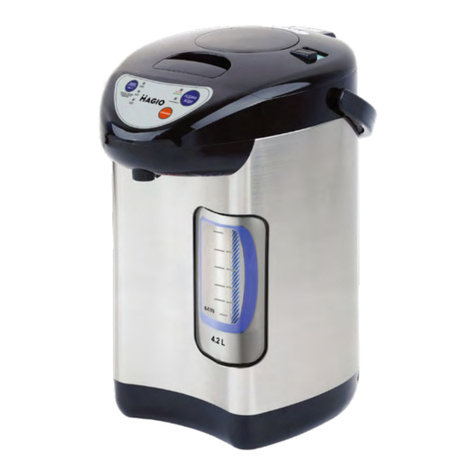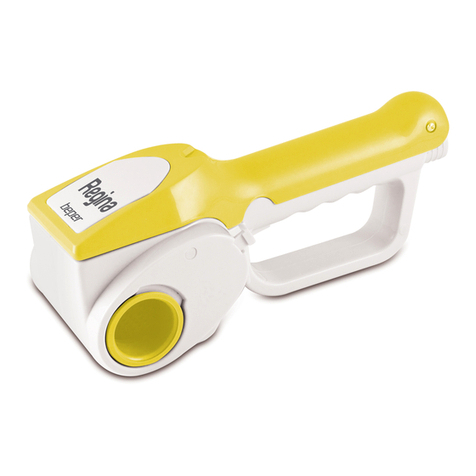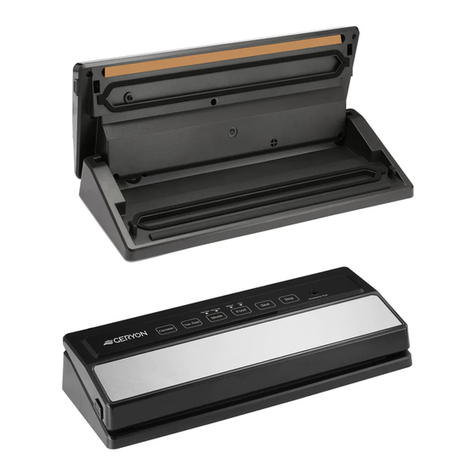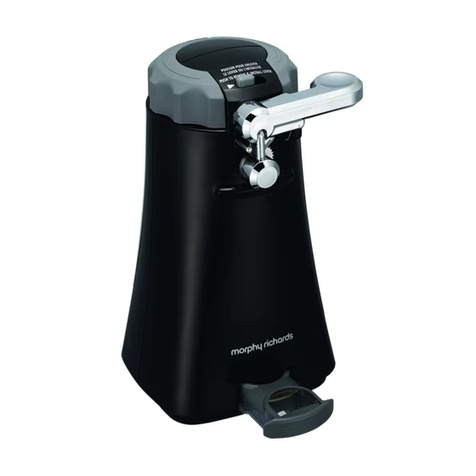
3Introduction ................................................
3Welcome to our growing ASKO family! .......
4Safety instructions .....................................
4Safety of children and vulnerable people .....
5General safety ..............................................
6
FCC (Federal Communications Commission)
Informations: ................................................
7Installation ....................................................
8Electrical connection ...................................
8Use ...............................................................
9Care and cleaning .......................................
10Disposal .......................................................
11Installation and connection ......................
11Selecting the location ..................................
12Appliance placement ...................................
16Connecting the appliance ...........................
17
Before using the appliance for the first
time ..............................................................
17
Before you use the appliance for the first
time ..............................................................
17Energy-saving advice ..................................
18Storing wine ...............................................
18Wine storage tips .........................................
18Serving temperature ....................................
19Storing bottles ..............................................
20Description of the appliance .....................
20Zone A .........................................................
24Zone B - serving area ..................................
31Zone C .........................................................
31Appliance capacity ......................................
33Accessory set ..............................................
34Operation ....................................................
34Control panel ...............................................
36Initial use ......................................................
40Main displays ...............................................
43Using the ‘Plus’menu ..................................
43Settings ........................................................
47Software Update ..........................................
48Inventory ......................................................
59Maintenance ...............................................
59Defrosting the appliance .............................
59Cleaning the appliance ................................
60Reversing the door opening direction .....
68Solving problems .......................................
68Tips & Tricks ................................................
69Error notifications .........................................
71Other display warnings ................................
73General problems ........................................
74Environmental aspects ..............................
74Disposal of packaging and appliance .........
75Service and warranty .................................
75Limited Warranty –Residential Appliances ..
75Items excluded from warranty .....................
75Disclaimer ....................................................
76ASKO Customer Care ..................................
76Service after expiration of limited warranty ...
Contents
